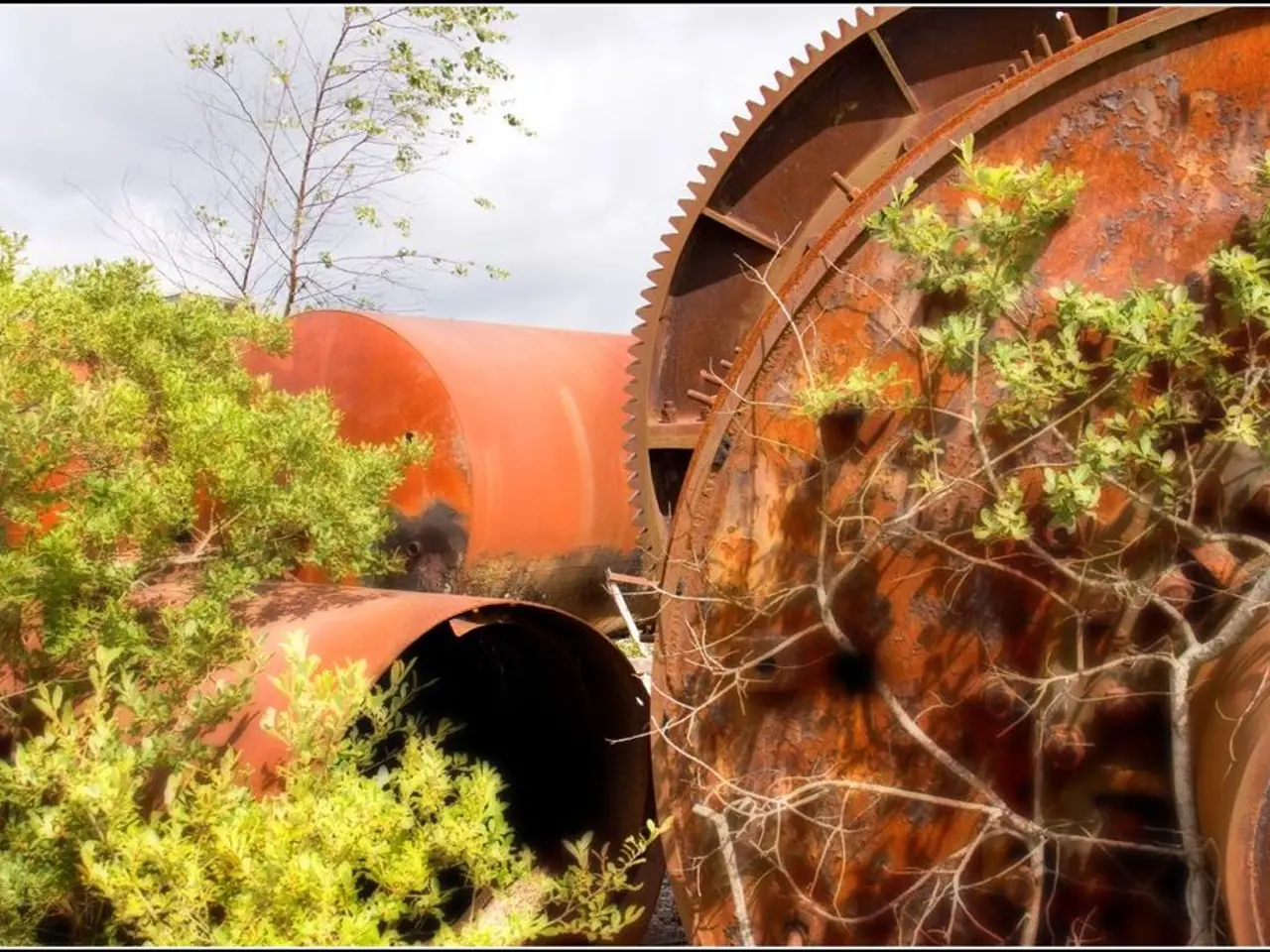"Snow pollution from mining activities reported in the Northern Rockies: 'Something significant is unfolding'"
In a groundbreaking study, a team of researchers led by Monica Arienzo at the Desert Research Institute's Division of Hydrologic Sciences have shed light on the sources of metal contaminants in the snow of the Rocky Mountains. The study, published in the journal Environmental Pollution, has revealed that human activities, particularly legacy mining operations, play a significant role in this contamination.
The researchers collected snow samples from 48 locations across the Rockies in the spring of 2018 for analysis. Their findings indicate that the higher levels of metal contaminants in the northern Rockies snow come from mines in the Pacific Northwest, Idaho, and Montana. In contrast, the snow in the southern Rockies shows lower contamination levels, with dust originating from the Mojave Desert being the primary source.
The study suggests that winter storms contribute significantly to this contamination phenomenon. By facilitating the transport and deposition of metal-laden dust and particulate matter onto the snowpack, winter storms impact the snow's chemical composition, making snow an important medium capturing atmospheric metal contaminants in the mountainous regions.
The ecological consequences of this metal contamination in mountain snow are far-reaching. During snowmelt, metals are mobilized into streams and rivers, leading to acidification of water bodies. This acid rock drainage increases metal solubility and bioavailability, exacerbating contamination downstream. Harm to aquatic ecosystems and water quality used for drinking, agriculture, and recreation is a significant concern due to elevated metal concentrations. Long-term landscape impacts, such as lack of vegetation growth in heavily contaminated mine-impacted areas, also reduce habitat quality.
Seasonal variations, driven by snowmelt dynamics, mean that winter storms and subsequent melt can cause pulses of metal load into watersheds, affecting water chemistry transiently but intensely.
Arienzo concluded that the study highlights the importance of continued scientific monitoring efforts and addressing mining sites. The agreement between different data sets gave her confidence in the study's findings. The researchers compared their findings to data from the National Atmospheric Deposition Program from 2009 to 2018 and reached the same conclusion about higher contamination in the northern Rockies.
Despite the concerning levels of metal contaminants found, they remain within the U.S. Environmental Protection Agency's safety guidelines for drinking water and aquatic life. However, the study underscores the need for continued scientific monitoring efforts and the mitigation of current and historical mining sites to protect the ecological health of the Rocky Mountains.
Monica Arienzo emphasized that metal pollution in the Rockies is relatively understudied, and this study serves as a call to action for further research and conservation efforts in this critical ecosystem. The study sheds light on the ecological consequences of mining activities and how environmental processes circulate metal pollutants, providing valuable insights for future research and policy-making.
- The technology used in analyzing snow samples played a crucial role in the discovery of human activities contributing to metal contaminants in Rockies' snow.
- The future implications of this study extend beyond the Rocky Mountains, as it highlights the impact of the mining industry on the earth-science and environmental-science sectors.
- Gizmodo reported on the study, underscoring its importance for environmental-science enthusiasts and concerned citizens regarding climate-change and financial aspects associated with the remediation of mining sites.
- As financing is required to address the concerns about metal contamination in the Rockies, Arienzo urged the industry and government to invest in science to ensure the protection of the Earth's water resources and the preservation of natural habitats.
- With the growing awareness of metal pollution in the Rockies, ongoing research and conservation efforts in the field of earth-science and environmental-science will pave the way for a cleaner and healthier future.




